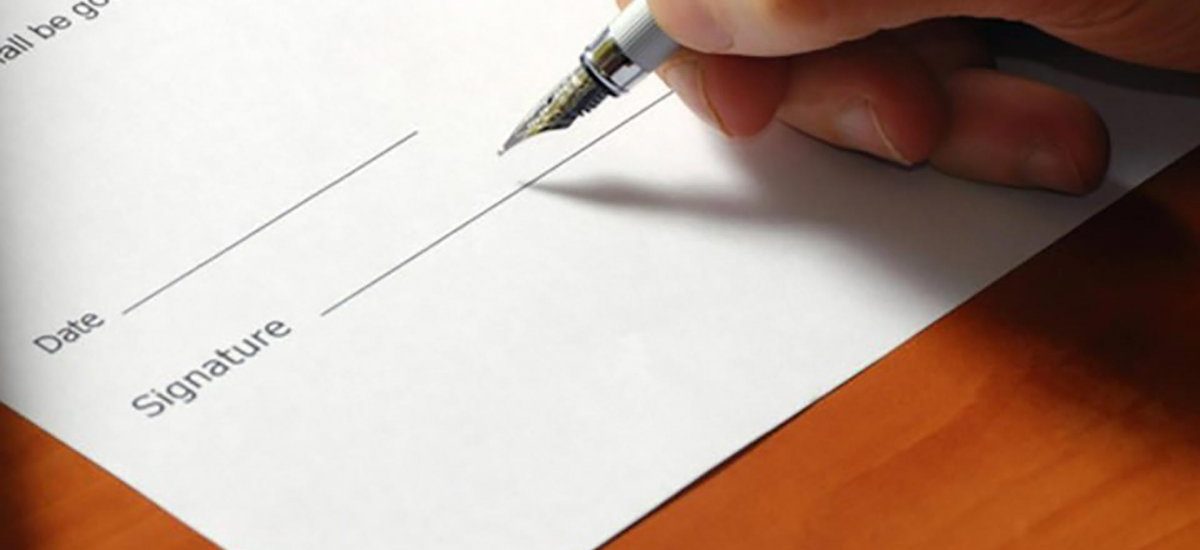



A liability waiver is a recommended for all individuals and companies engaged in activities that hypothetically could result in injury or damage to a third party and the ensuing legal action. Liability waiver form is a release agreement that can be offered by the party disclaiming liability (the releasing party) to clients or their own employees.
Liability waiver generally covers damage or injury that can be sustained during normal activities. This activity should be covered by insurance. It is important to understand that a liability waiver document will generally not absolve a company from liability for its own negligence of safety regulations. That is, if the firm provides boat rental services and rents a boat to a customer, the release will absolve the firm of liability only if the renter falls on the boat and is injured. If the boat catches fire or starts to sink, however, it is because the firm failed to properly maintain it.
A release of liability can be prepared and signed either in advance or after the injury occurs as a separate legal document or as a comprehensive contract. Such forms are often used in a variety of situations where hypothetical damages can be expected:
The exact content of a liability waiver is adapted to a particular situation. For example, a liability waiver following an automobile accident will be drastically different from the form of a waiver for an injury while playing golf. Often, the waiver must contain the names of the company and the client, a description of the nature of the situation. The document may also describe the risks that the client consciously assumes. A standard release from liability template includes a personal liability waiver for physical injury.
The legal aspect of the existence of the liability waiver is also important – the client’s signature. But it is not always possible to meet physically, so the signature of the liability waiver is done remotely. On a digital document, it is sufficient to leave your electronic signature. The electronic signature is created individually in a special waiver software.. This helps to simplify the procedure. For example, PandaDoc allows generating and storing electronic signatures, which have legal weight.
According to the standard wording, the request may read as follows: “The undersigned knowingly assumes all risk of injury, harm or damage resulting from the actions described above, and agrees to release, defend, pay damages and indemnify the undersigned forever. All liability, claims, damages, losses, expenses, claims and causes of action for injury, loss or damage shall be discharged with the death of the undersigned.”
In general, if a lawsuit is anticipated, it is advisable to sign a release of liability form. However, even this will not always be a guarantee of not being held liable. That said, such a form greatly increases the probability that the company will be able to avoid or limit its liability.